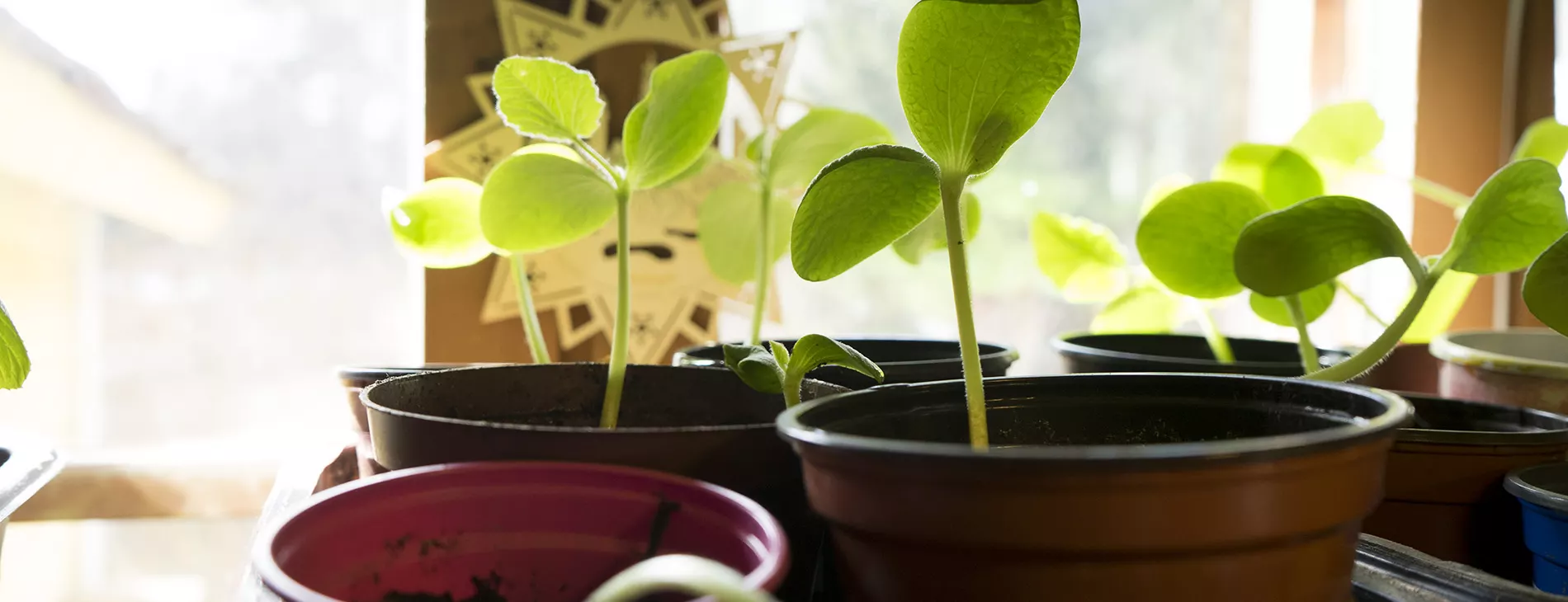Book review: People & Permaculture by Looby Macnamara
on
If you think permaculture is all about gardening, read this book!

The permaculture design process is a structured approach to creating sustainable and self-sufficient systems, whether it's for food production, wildlife habitat, or other purposes. By following this process, you can design a permaculture system that meets your specific needs and helps you achieve your goals and objectives.
Over the years many permaculture designers have designed design processes. Some of them very well known in the permaculture community:
If you think permaculture is all about gardening, read this book!
Website by Chase & Snow
